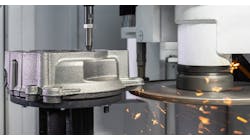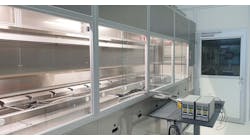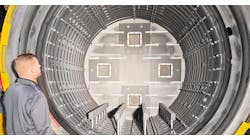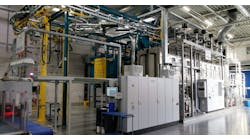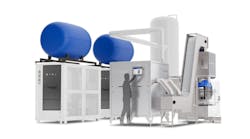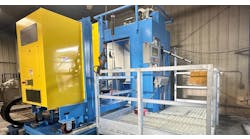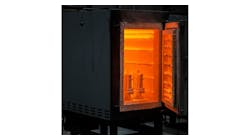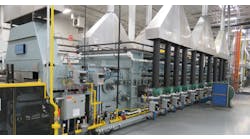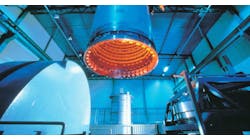Gas-to-gas shell and tube heat exchangers and ceramic materials are a combination that can improve heating processes and manufacturers’ operating costs.
Heat treating is a critical step for many foundries, which take the additional processing steps in order to seal the castings, to increase hardness, or for various other reasons relating to the design specifications. Handling heat efficiently is a common concern.
In his article, Ceramics Offer a Better Exchange, Will Shepard explains how metal heat exchangers are proven devices in many industrial applications, but process and technology advances have pushed metal heat exchangers beyond their performance limits. The costly materials required for higher temperature and the frequently corrosive operating environments drive up overall costs and compromise system durability.
By adopting a ceramic heat exchanger you may reduce or eliminate the common issues that plague metal heat exchangers, issues like: high-temperature alkali attack; high-temperature sulfidation; high-temperature chlorine attack; low-temperature chlorine attack; low-temperature sulfuric acid attack; erosion; and oxidation. By combining the simplicity of a shell and tube heat exchanger with ceramic internal components, we can take advantage of these two well-known technologies to provide a robust and innovative product with zero compromises.
For nearly 50 years, Heat Transfer International (HTI) has developed and operated ceramic heat exchangers in acidic environments at temperatures up to 2,200°F. After multiple iterations, HTI has developed simple and robust designs for use in applications of various pressure and temperature ranges.
The sourcing and manufacture of the ceramic tubes also was an important part of our development. After working with multiple suppliers, the tubes are now controlled to meet strict specifications, not only in regard to size and shape, but also to material composition and manufacturing process. The result is a tube that has hardness second only to diamond, while maintaining superb thermal conductivity, abrasion, corrosion, oxidation and thermal shock resistance.
HTI commonly uses silicon-carbide tubes. SiC has high hardness, strength at temperature and corrosion resistance, and yet silicon-carbide tubing is surprisingly light, has great thermal conductivity, and can safely and dependably operate at process temps up to 2,500°F.
In addition to the various grades of SiC, there are also alumina and mullite tubes.
A heat exchanger operates like any other shell and tube heat exchanger. The placement of gas streams depends on application, as moisture, particulate, gas composition, and system pressure can influence refractory and tube performance.
